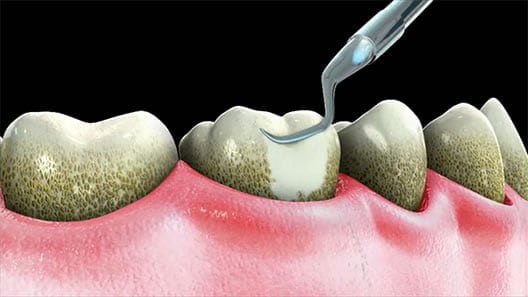Teeth cleaning is sometimes dreaded. Because of the prodding, noises, and discomfort, it’s normal to feel apprehension. Yet most people find teeth cleaning simple and painless.
Importance
A dental prophylaxis is a cleaning procedure performed to clean the teeth. It helps halt the progression of periodontal disease and gingivitis. As well as problems in your mouth that can cause or indicate disease. These can be dementia and heart disease. Teeth cleanings are an essential part of keeping your body, disease-free.
Teeth cleaning aims to remove plaque, tartar, and stains that have accumulated. Because tartar can develop even if you maintain routine brushing and flossing.
Plaque is the sticky soft film that contains millions of bacteria. This is what causes gum disease. As well as tooth decay.
Tarter, or dental calculus, is a hard calcified deposit that forms on teeth. Since it contributes to decay dentists use specialized instruments to remove these deposits. Also, our body sees it as a threat like a flu bug for example. So your body uses the immune system to fight it off. In fact, gum disease happens when your immune system responds to this buildup. Inflamed and bleeding gums can cause destruction to your mouth bone and tissues.
Instruments
All dental instruments are put through a stringent cleaning. As well as disinfecting, and sterilizing procedure to ensure safety and quality control.
Dental mirrors have elongated handles connected to round mirrors that inspect hard-to-see areas. A dental mirror can help observe signs of irritation. As well as swelling, decay, tartar, or bleeding.
The first tool that is generally used to clean teeth is an ultrasonic instrument. This device uses vibrations to loosen tartar. It also sprays a mist of cool water to wash away debris. The rounded and curved tips of the ultrasonic instrument, are kept in constant motion. And the settings on the device can be adjusted for comfort.
After large pieces of tartar are removed curettes or scalers, are used to remove small pieces. As well as smooth the tooth surface. Each tooth must be scaled to ensure that all tarter’s gone.
Once the surfaces of the teeth are smooth, the dentist will polish the teeth with a slow-speed handpiece. This device contains a soft rubber cup. And spins at the tip to smooth teeth. Prophylaxis paste is a gritty toothpaste, put into a rubber cup. The cup then spins on the teeth to create a shiny, smooth surface.
Final step
Fluoride application is available in a variety of flavors, such as strawberry, chocolate, mint, and cherry. It’s applied on the teeth and removed after 30 seconds. The remaining solution is spat into a saliva ejector. Fluoride helps strengthen teeth and protect them against dental plaque and tartar.
For children, a dentist may recommend molar sealants to help prevent cavities.

